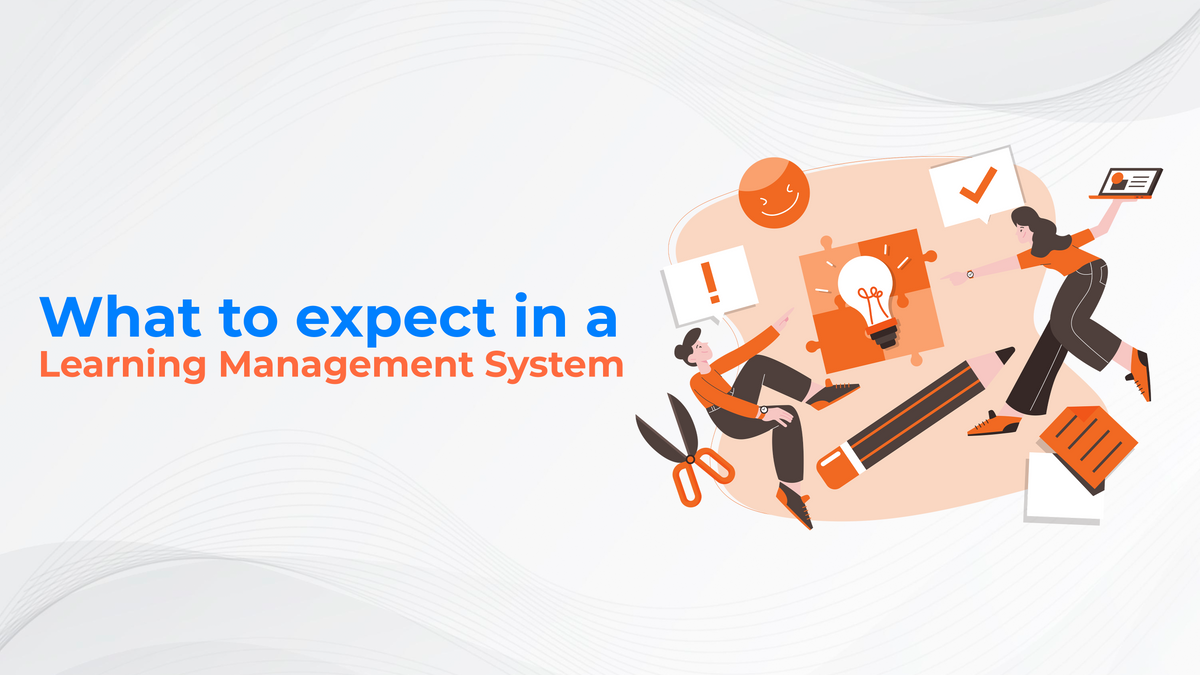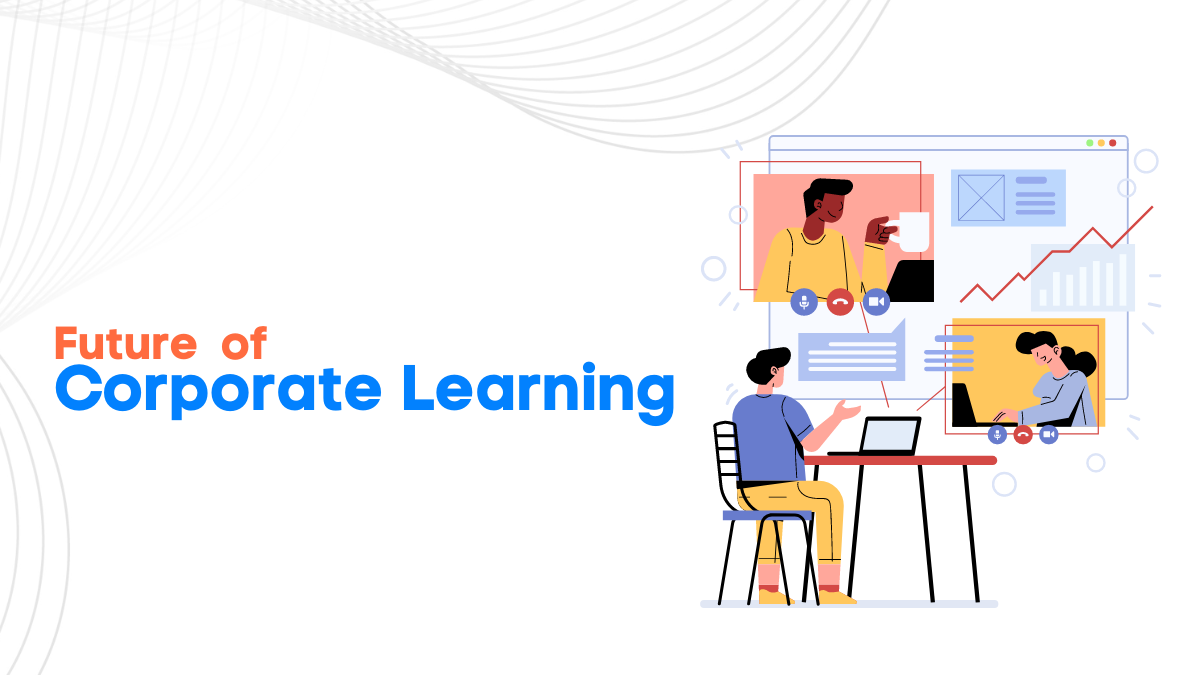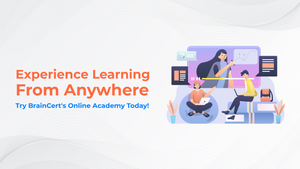What is LMS?
A Learning Management System (LMS) is a software application that enables the delivery, tracking, and management of educational courses or training programs. It provides educators with a virtual environment to develop, deliver and manage learning content and resources. An LMS enables institutions to communicate effectively with learners through various tools such as learning activities, assessments, and feedback systems.
Many organizations are leveraging an LMS for their eLearning initiatives due to its ability to offer self-paced instruction and provide a real-time platform for monitoring learners' progress. Administrators can easily track student performance data over time, identify areas where students may need help, customize course materials accordingly and measure student success metrics across multiple courses or programs.
Benefits of Using an LMS
Learning management systems (LMS) are software applications used to facilitate online learning and teaching. By using an LMS, organizations can effectively and efficiently deliver training materials and resources to their employees, while allowing them to access the materials from anywhere at any time. With an LMS, businesses can benefit from improved engagement with learners, cost-effectiveness, and greater flexibility in course delivery.
An LMS can help organizations increase learner engagement by providing an easy-to-use platform for instructors and learners. Instructors have access to various tools that allow them to modify course content quickly and easily, making it easier for learners to stay engaged with the material. Additionally, many LMSs are designed with gamification elements such as badges or leaderboards that encourage learners’ participation.
Types of Learning Environments
A Learning Management System (LMS) provides multiple learning environments that are useful to instructors and learners. An instructor can provide an online classroom by leveraging the LMS's tools, such as discussion forums, wikis, blogs, and virtual classrooms. Additionally, the LMS provides a repository for course materials such as audio recordings and video lectures. Instructors can also build social networks within the system for students to interact with each other and engage in collaborative activities.
The learning environment should be tailored to meet the needs of learners of all levels; from those who need basic introductory material to those who require more advanced work. The LMS allows instructors to customize their courses by providing different activities aimed at different levels of skill development. For example, some activities may offer content-based instruction while others involve problem-solving or critical thinking tasks.
Supporting Tools and Technologies
The use of Learning Management Systems (LMSs) is becoming increasingly popular in the education arena. An LMS provides an ideal platform for educators to create, manage and deliver customized learning experiences to their students. The success of any given LMS depends largely on the kinds of supporting tools and technologies that are available.
When selecting a suitable LMS, it is important to consider the range of tools and technologies that are integrated with the system. Many modern systems utilize artificial intelligence (AI) powered analytics tools to enable learners to track their progress and performance, allowing them to identify areas that need improvement or reinforcement. In addition, digital content libraries provide access to a wealth of resources such as textbooks, videos, and audio recordings which can further enhance learning outcomes. Finally, social collaboration features allow students to interact with each other in real-time while they work together on group projects or assignments.
Challenges
Learning Management Systems (LMS) are widely used by educational institutions and businesses for teaching, training, and assessing online. They have become popular due to their convenience and cost-effectiveness, but there are several challenges and limitations involved with using an LMS.
The biggest challenge is the limited flexibility that comes with using an LMS. Despite advances in technology, most systems cannot currently accommodate different types of learning styles or the use of multimedia content such as images, audio, or video material. This lack of flexibility can make it difficult to create engaging learning experiences that match students’ needs.
Limitations
Another limitation is the difficulty some users experience when navigating complex systems or accessing support when needed. Navigating unfamiliar menus can be confusing for both teachers and students who may not have sufficient technical skills to quickly locate all the functions necessary for successful online learning.
Conclusion: Advantages of LMS
BrainCert's Learning Management System is an effective and efficient tool for organizations to deploy. It offers users a variety of features, such as content authoring, assessments, certifications, analytics, and more. It also provides secure access to course materials anytime, anywhere. This makes it easier to deliver learning experiences efficiently while maintaining tight control over user data.









